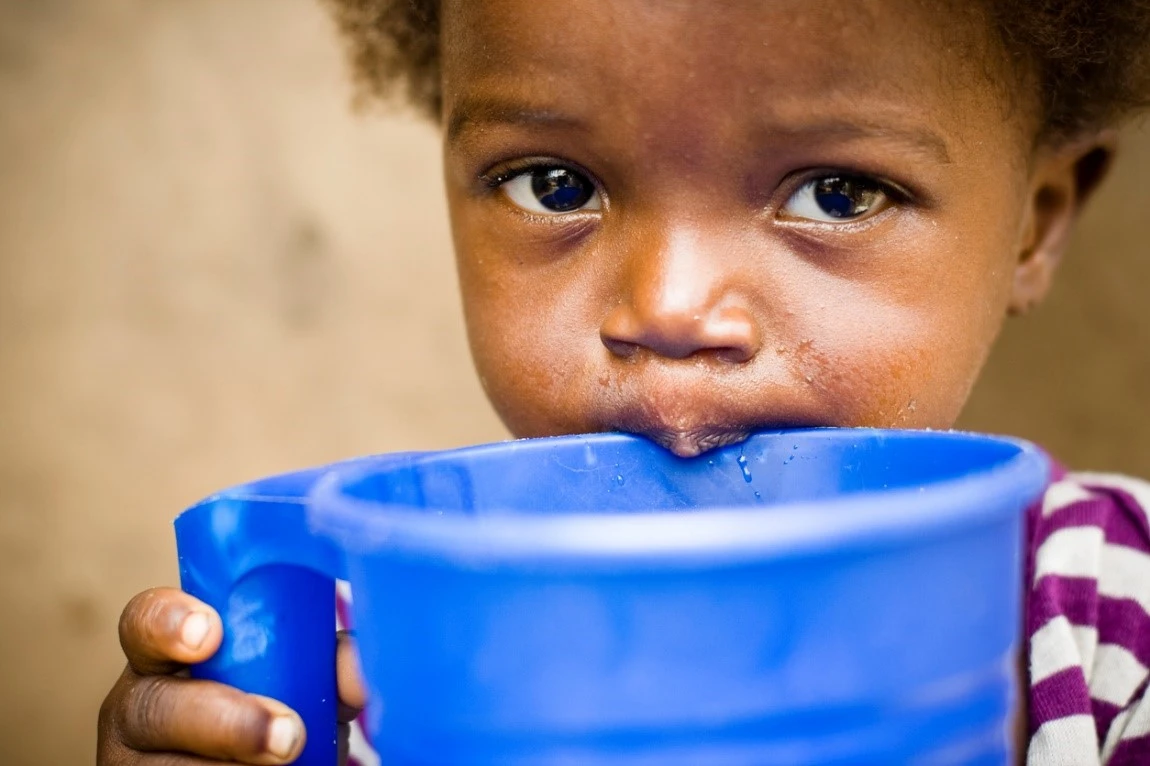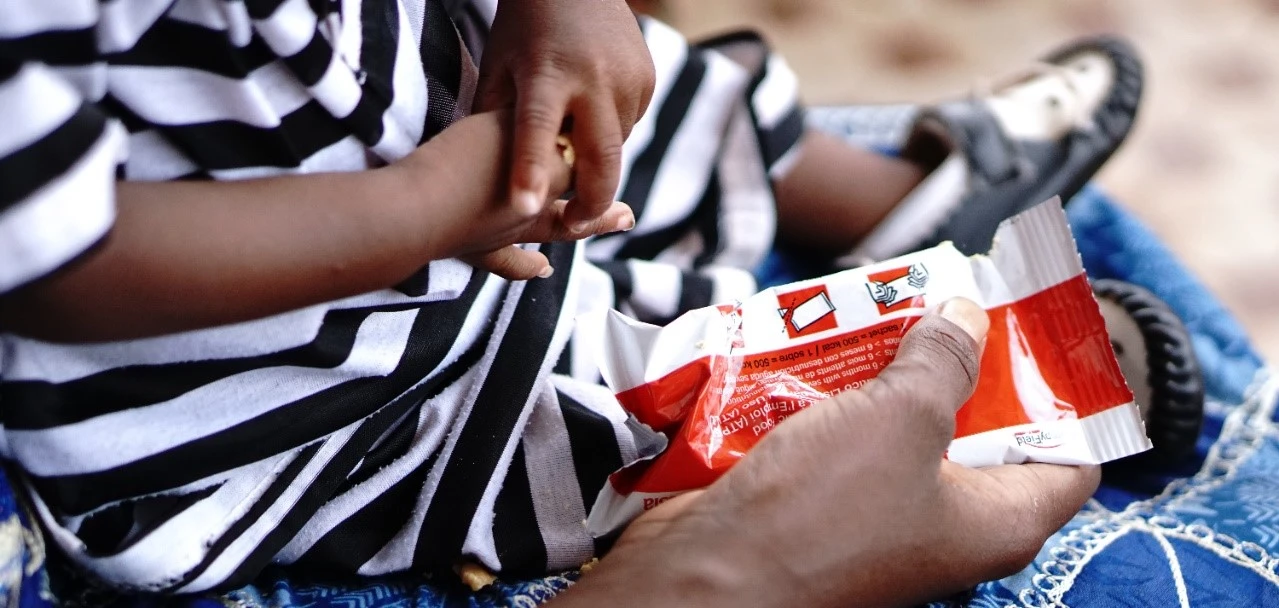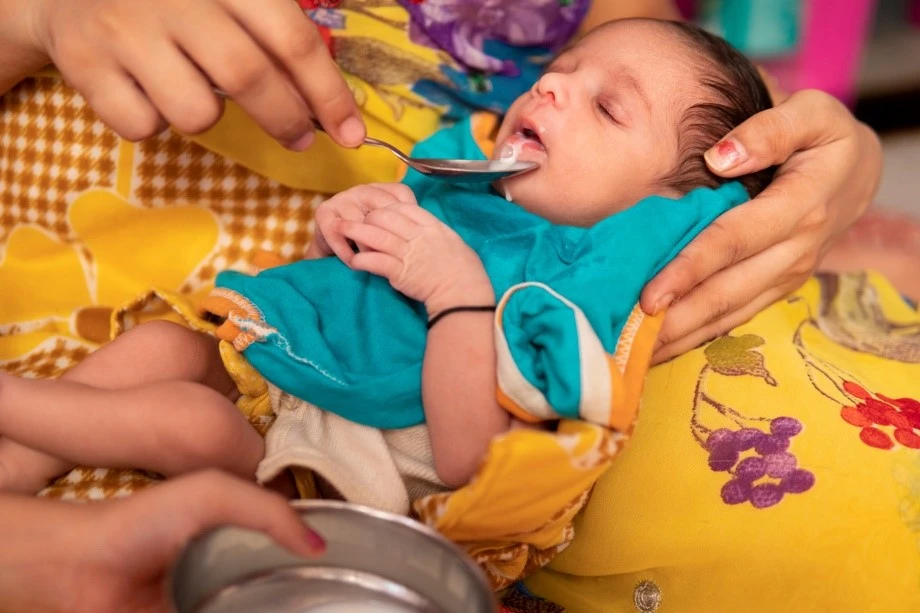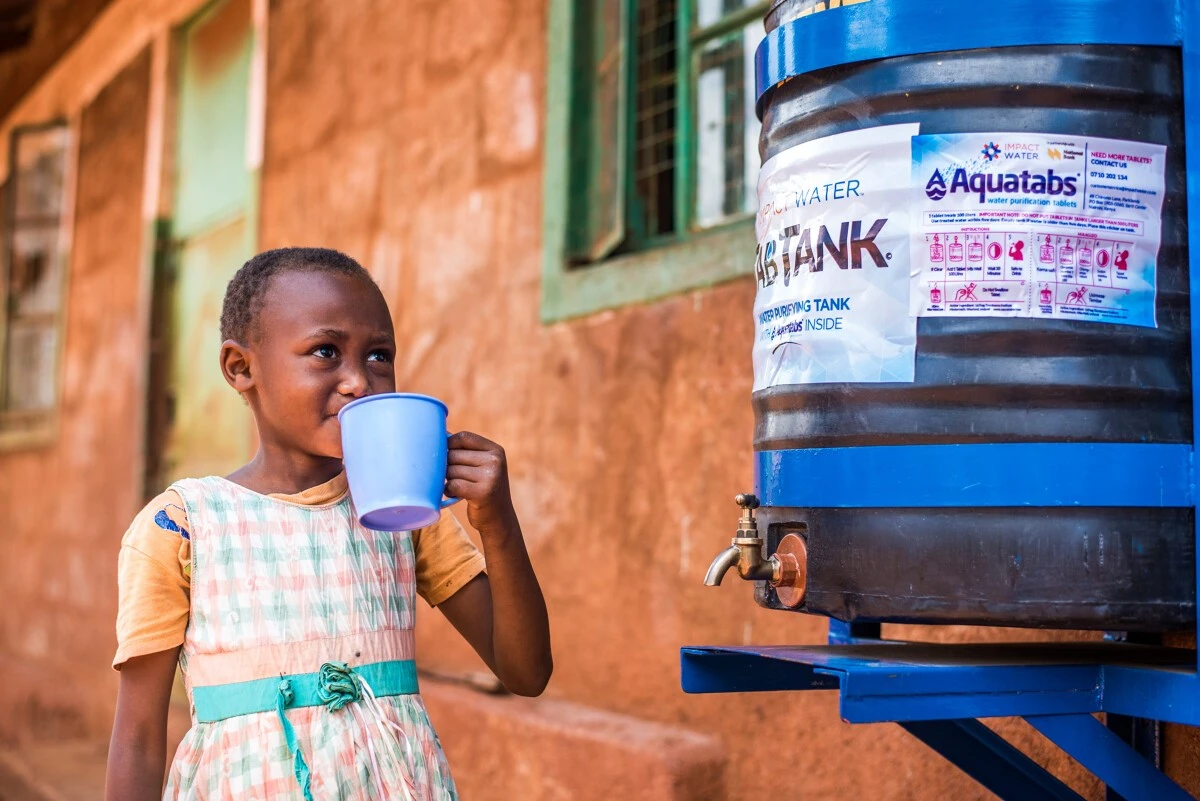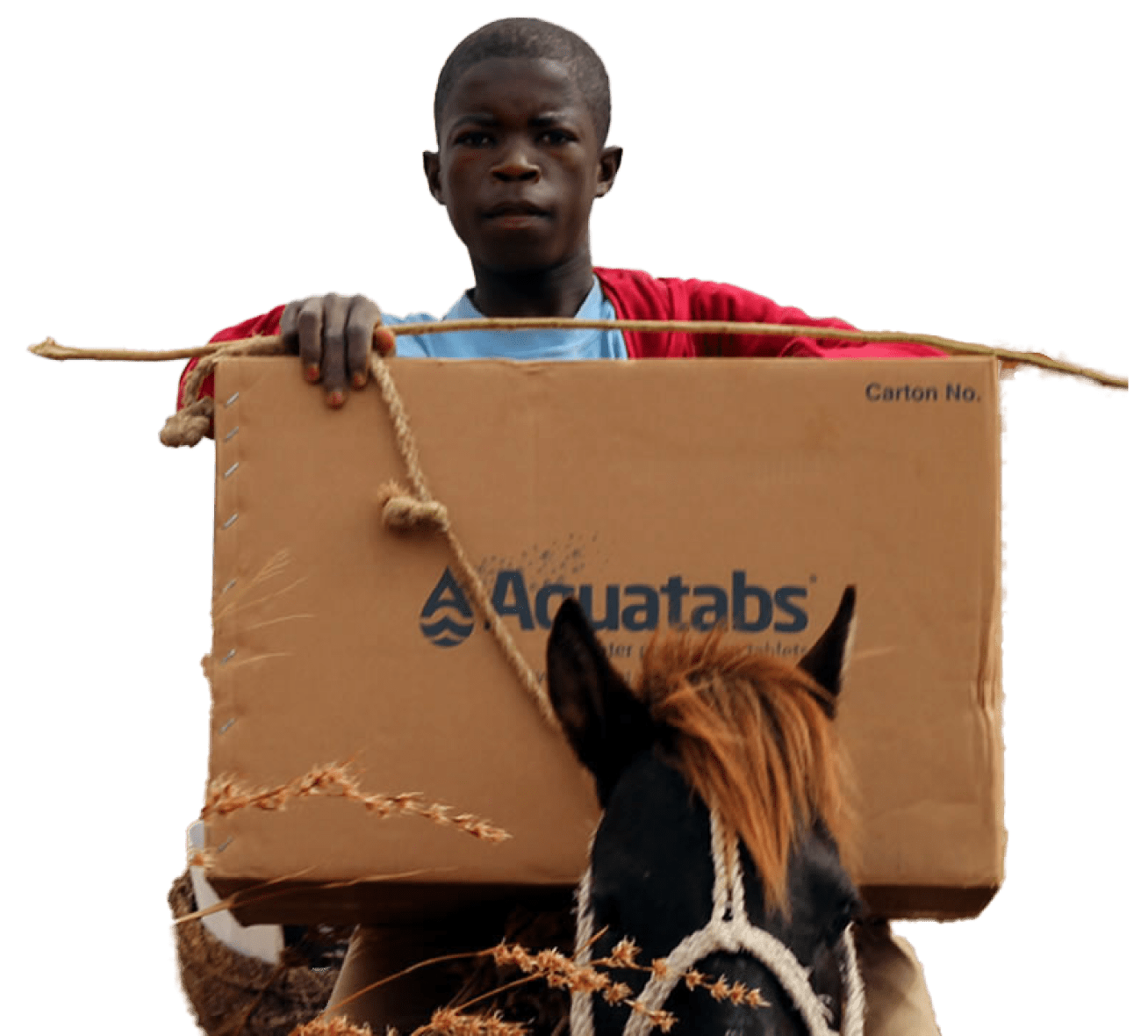Link: Access to clean water is a fundamental human right and an essential step toward improving health outcomes worldwide. When addressing Severe Acute Malnutrition (SAM), the importance of clean water cannot be overstated.
Safe drinking water is a vital part of treatment and recovery. Contaminated water can lead to diseases that prevent nutrient absorption, further exacerbating malnutrition.
Without clean water, the risk of waterborne illnesses skyrockets, which can be especially devastating for those with weakened immune systems due to SAM.
This week, our #AquaBlog explores how safe drinking water is essential when treating severe acute malnutrition.
Purified Water: A Critical Ally when Combating Severe Acute Malnutrition.
While dedicated efforts in SAM (Severe Acute Malnutrition) programmes often spotlight nutritional therapies and interventions, there’s a silent, life-saving force that deserves our equal attention – Treated Water! Without it, efforts in treating malnourished children can be severely compromised.
What is SAM ( Severe Acute Malnutrition)
Severe Acute Malnutrition (SAM) is identified by severe wasting WFH < ?3 z?score for children 0?59 months (or for children 6?59 months, MUAC <115 mm) or the presence of bilateral pitting oedema. (1) SAM requires specialized medical care, such as inpatient or outpatient therapeutic feeding, antibiotics, and other supportive care. Children from 6 months with SAM can be treated with fortified peanut butter like Plumpy Nut, a RUTF (ready-to-use therapeutic food fortified with all the micronutrients a Severely Acute Malnourished child may require.
In 2022, 45 million children under the age of five were affected by wasting, a life-threatening result of recurrent illnesses or poor nutrient intake. 13.7 million children suffered from severe wasting, leaving them susceptible to long-term developmental delays and increased risk of death.
Another form of malnutrition is stunting. Over 148 million children affected by stunting may not achieve their maximum potential height, and their cognitive abilities could remain underdeveloped. Starting life with such a significant disadvantage often leads to repercussions in adulthood: they may encounter challenges in academic performance, earn lower incomes, and confront obstacles to active engagement within their communities.es, and confront obstacles to active engagement within their communities.
Courtesy of UNICEF/WHO/World Bank Group – Joint Child
#CleanWater is a foundational pillar in the battle against SAM. Aquatabs were delighted to participate in a randomised controlled trial in Sindh Province, Pakistan, which assessed the cost-effectiveness of adding a point-of-use water treatment to SAM programmes. By combining the cost of SAM treatment and water treatment, an average cost per child was calculated. Results found that introducing a point-of-use drinking water treatment intervention to the SAM programme reduced the cost per child recovered compared to standard SAM treatment.
Most Cost-Effective – Highest Effectiveness
The study found Aquatabs intervention to be the “most cost-effective, with the highest effectiveness and lowest costs.”
Read the full article here: https://www.tandfonline.com/doi/full/10.1080/16549716.2019.1568827
Treating malnutrition requires the establishment of environments that support recovery and development. Integrating clean water into SAM programmes helps foster multisectoral interventions tackling malnutrition while improving access to safe drinking water. This comprehensive approach encompasses various factors.
Health Beyond Nutrition
Children with SAM have weakened immune systems, making them more susceptible to infections, especially waterborne diseases. Treated water drastically cuts the risk of secondary infections, creating a safer path to recovery.
Sustainable Recovery
It’s not just about immediate care; it’s about sustainable solutions. Ensuring communities have access to treated water prevents recurrent bouts of malnutrition. It’s not a one-time fix; it’s a long-term commitment.
Community Empowerment
Teaching communities the importance of clean water and providing practical knowledge on water treatment empowers them. This education is a tool they can use to safeguard their health and break the vicious cycle of malnutrition and disease. Community programs can provide additional resources, such as mother-to-mother support groups that share knowledge and experience.
Innovation in Action
From single-dose chlorination methods to advanced systems capable of purifying up to and beyond millions of litres of water, Aquatabs’ commitment to innovations in water treatment is continual. These advancements can play a significant role in enhancing the effectiveness of SAM programs globally.
Aquatabs making water safe to drink in Kenya
Policy and Infrastructure
Government policies that support food security, health care access, and nutrition education are foundational to creating an environment that combat malnutrition. However, financial resources have declined in recent years due to the global food crises, conflict, climate change and the aftereffects of COVID-19. Renewed emphasis on maternal and child nutrition is essential. Every child has the right to a bright future fuelled by a healthy, nutritional childhood.
Global Impact
Clean water is a universal need, transcending geographical boundaries. By prioritising water treatment in SAM interventions, we’re not just addressing malnutrition. We’re contributing to global goals on health, well-being, and sustainable development.
By integrating these elements, environments conducive to healing and growth for malnourished individuals can be established, addressing both the immediate needs of undernourished children and the underlying conditions that contribute to malnutrition.
The UNCRC (United Nations Convention on the Rights of the Child) states:
- Survival rights: include the child’s right to life and the needs that are most basic to existence, such as nutrition, shelter, an adequate living standard, and access to medical services.
- Development rights: include the right to education, play, leisure, cultural activities, access to information, and freedom of thought, conscience and religion.
- Protection rights: ensure children are safeguarded against all forms of abuse, neglect and exploitation, including special care for refugee children; safeguards for children in the criminal justice system; protection for children in employment; protection and rehabilitation for children who have suffered exploitation or abuse of any kind.
- Participation rights: encompass children’s freedom to express opinions, to have a say in matters affecting their own lives, to join associations and to assemble peacefully. As their capacities develop, children should have increasing opportunity to participate in the activities of society, in preparation for adulthood.
You can familiarise yourself with the full text of the United Nations Convention on the Rights of the Child (3) here
References:
- https://www.globalhealthlearning.org/sites/default/files/page-files/MAM%2C%20SAM%2C%20and%20GAM.pdf
- https://iris.who.int/bitstream/handle/10665/368038/9789240073791-eng.pdf?sequence=1
- https://www.tandfonline.com/doi/full/10.1080/16549716.2019.1568827
- https://www.childrensrights.ie/sites/default/files/submissions_reports/files/UNCRCEnglish_0.pdf
